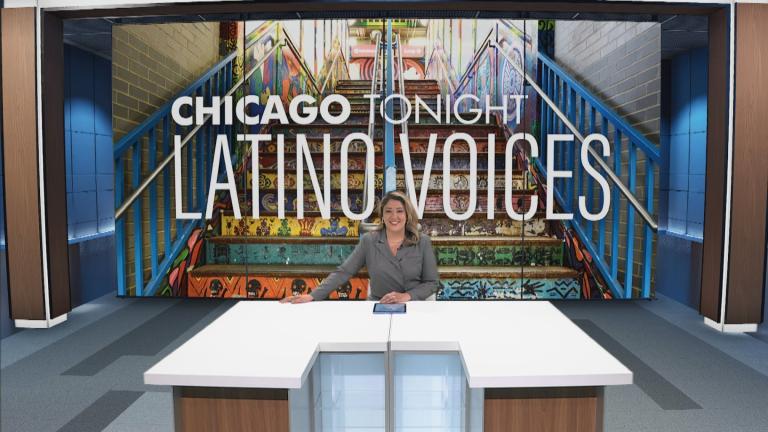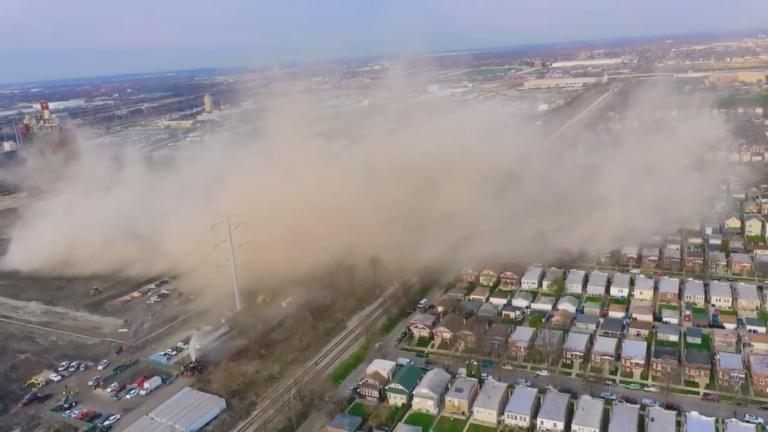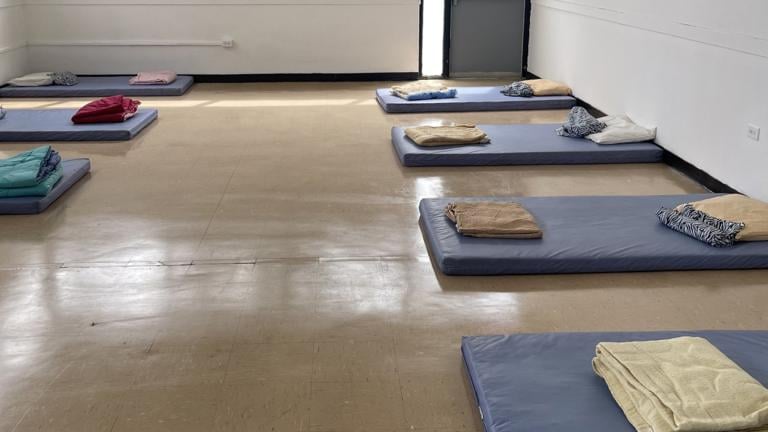Nestled into the northeastern corner of Illinois, much of Lake County is wealthy, verdant and suburban. But some towns in Lake County are both deeply industrial and deeply Latino — like the one Celeste Flores grew up in.
“Park City, Illinois, which is in the middle of Waukegan and Gurnee,” Flores said. “It’s about 8,000 community members. It’s working class, majority identified as Hispanic/Latino.”
Today, Flores is an environmental activist and board member at the health and nature equity nonprofit Brushwood Center. But she says it wasn’t until adulthood that she began to understand the inequities she experienced as a child.
“Growing up, I didn’t really think about going out in nature,” Flores said. “I think now, realizing that we have all these forest preserves and all these other spaces that we could have maybe traveled to, I never considered, you know, how clean is my water? How clean is the air that I’m breathing? So it definitely makes me reconsider if I want to spend my time outside or if I’d rather find spaces that in my eyes are cleaner because they don’t have this industrial pollution. But that would mean having to drive further from where I live.”
Brushwood Center Executive Director Catherine Game said though Lake County is full of natural spaces, the Latino residents the organization works with say they feel shut out of those spaces.
“What we heard over and over again were many of the same barriers that folks face,” Game said. “Transportation, lack of materials or access to content in Spanish or in the languages that they speak, not feeling welcomed in spaces, not feeling a sense of belonging.”
The advent of the COVID-19 pandemic and effects of climate change add additional layers to those barriers, Game said.
“We saw the many ways that these same communities and partners who were facing barriers to accessing nature and accessing the basics like clean air and water also were the same communities who face barriers to accessing health care, to accessing the emergency resources that were needed,” Game said. “All of this is taking place in the context of a changing climate. We are already seeing increasing temperatures, increasing rainfall the summer. We saw the tornadoes coming through our communities, we saw the wildfire smoke. We also know that there are huge health implications to increasing heat and temperature. Even though you can kind of distinguish them into individual buckets, they’re very interconnected.”
So, the Brushwood Center decided to take a deeper look. In June, the organization released its report “Health, Equity, and Nature: A Changing Climate in Lake County, IL.” The report combines federal and local data with independent research, and found Lake County residents face significant race-based disparities in health outcomes, environmental quality and access to nature.
“There is gorgeous nature in Lake County,” Game said. “But we know also from the data that there’s still a lot of folks who face barriers to accessing outdoor spaces and that those barriers really fall very much so along demographic lines. So you see the same communities, mostly Black and Brown communities that experience lower life expectancy, higher housing costs, especially in northeast Lake County where there’s a history of industrial development alongside housing discrimination and other racial inequities. And so all of this means there is a legacy of toxins that are still being dealt with today.”
Flores said the report’s findings on access to nature and health inequities align with her experience as a Lake County native.
“I think we enjoy nature and try to go outside, but sometimes don’t know the industry that’s surrounding us,” Flores said. “We have the beautiful dunes that have been restored and then we have access to Lake Michigan. But then along that, you know, we have the coal plant, we come across super fund sites, sites that have been abandoned. One in three children in Waukegan have asthma or asthma-like symptoms. And it’s something that I had seen in my own family.”
That’s why Flores and Game said their hope is the report will help spur action in Lake County at all levels.
“How do we make sure that, now that we have this report, how do we all move together when it comes to community members that you can help with this, with organizations and then with our elected offices?” Flores said. “I think that we can find those answers within the community.”








